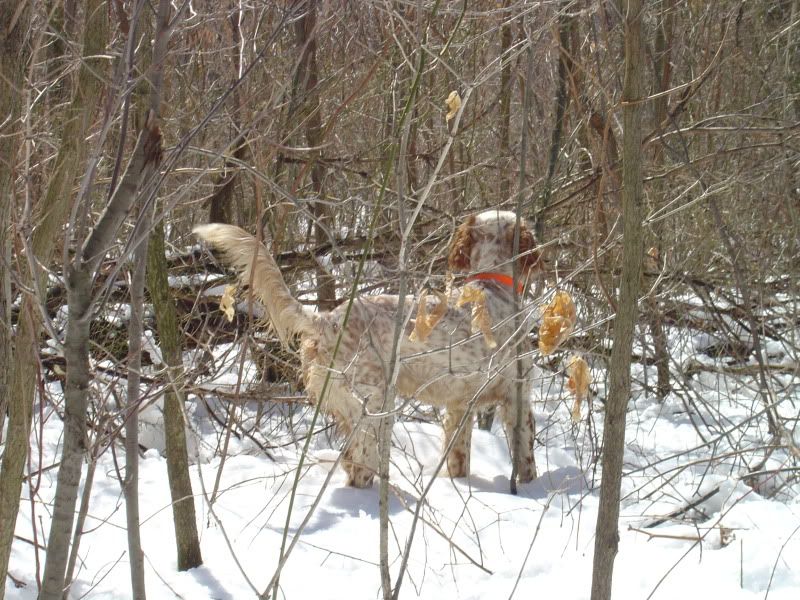90% of the grouse I've flushed this year (about 10) have been out of range of modified.
Last year I had much better luck. Last year I hunted without a dog.
This year I've brought along my Field-bred English Cocker on most hunts. He stays close.
Any ideas why the birds are so skittish here in SW PA?
I'm going out tomorrow and I am thinking of taking my pump with a full choke and my dog. At least that way I may get a shot in.
Or I may leave fido home and just take my SxS. I love having my pup with me though.
If only they held tight like woodcock I'd be in heaven.
Thanks for reading. Any ideas would be greatly appreciated.
UplandJim
Last year I had much better luck. Last year I hunted without a dog.
This year I've brought along my Field-bred English Cocker on most hunts. He stays close.
Any ideas why the birds are so skittish here in SW PA?
I'm going out tomorrow and I am thinking of taking my pump with a full choke and my dog. At least that way I may get a shot in.
Or I may leave fido home and just take my SxS. I love having my pup with me though.
If only they held tight like woodcock I'd be in heaven.
Thanks for reading. Any ideas would be greatly appreciated.
UplandJim











